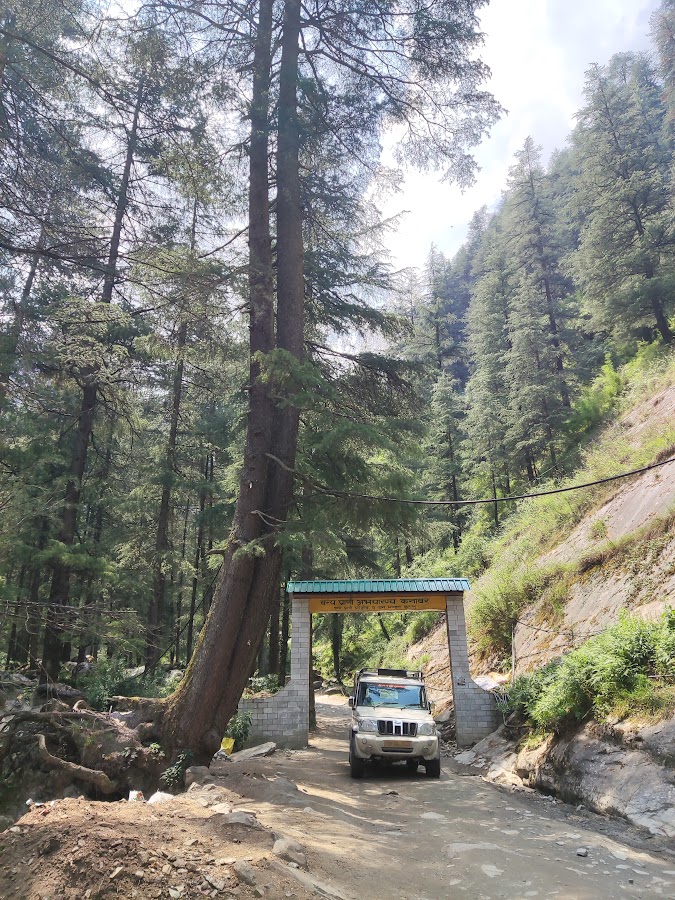
Grahan Village
Kasol, India
- Camp under the stars in Grahan
- Capture scenic landscapes through photography
- Enjoy traditional Himachali meals
- Experience the local Grahan village culture
- Hike to nearby viewpoints for panoramic views
- Interact with the friendly local villagers
- Trek through the Parvati Valley forests
Known for:
Description:
Grahan is a hidden gem nestled in the Parvati Valley, a world away from the bustling tourist crowds of Kasol. This secluded village offers a tranquil escape into nature, with traditional wooden houses, lush green landscapes, and stunning views of the surrounding Himalayan peaks. The trek to Grahan is an experience in itself, winding through dense forests and alongside the gushing Grahan Nallah. It's a place to disconnect from the digital world (expect limited or no phone signal) and reconnect with yourself and nature. The local culture is preserved, and the villagers are known for their warm hospitality. Experience the slow pace of life, savor local cuisine, and immerse yourself in the serene atmosphere of this unique Himalayan village. Remember to respect the local customs and environment during your visit.
History:
Grahan's history is deeply rooted in the traditions and culture of the Parvati Valley. The village has remained relatively isolated for centuries, allowing it to preserve its unique customs and way of life. Historically, Grahan was a self-sufficient community, relying on agriculture and animal husbandry. The architecture of the houses, built with wood and stone, reflects the traditional building techniques passed down through generations. While the exact origins of the village are shrouded in local lore, it is believed to have been established by early settlers seeking refuge in the remote mountains. In recent years, tourism has started to have an impact on Grahan, but the villagers are striving to maintain their cultural heritage and sustainable way of living. The traditions and customs are still followed by the locals.